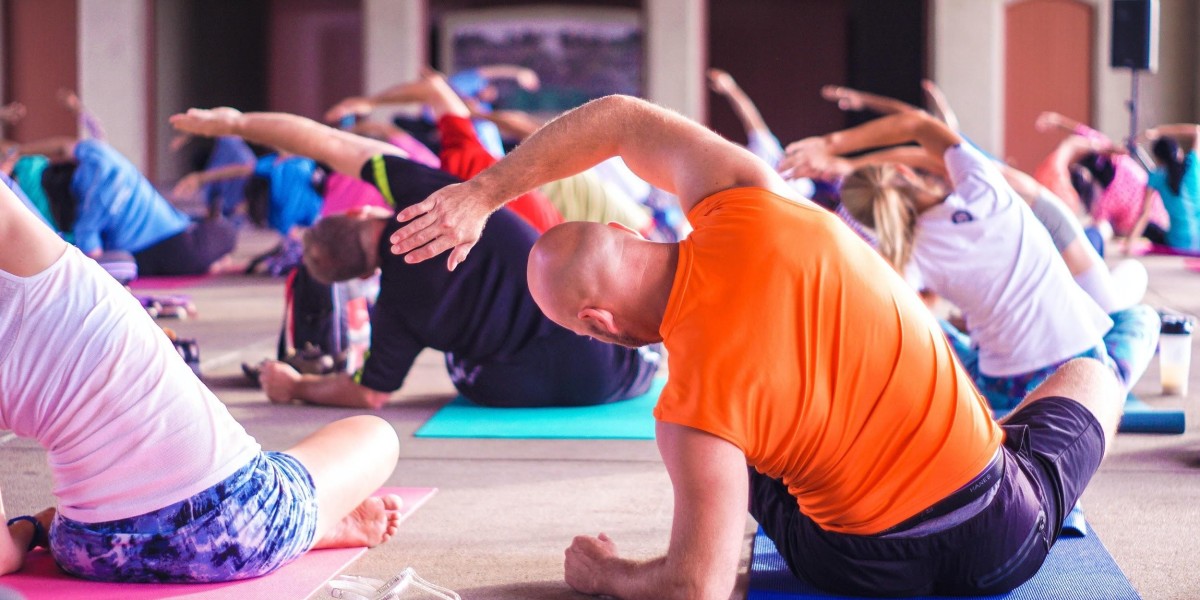Exercises after childbirth
What exercises can you do after giving birth? Fitness for young mothers
No matter how happy you are about the new addition to your family, you should realize that childbirth is as stressful for your body as an injury. So give it time to recover – it takes at least eight weeks for the body to recover. In addition, you yourself need to get into a routine – get used to the baby, to the hassle associated with its appearance, to the new daily routine.
Start exercising only when you feel well enough, and your body has recovered and adapted to the new conditions - discharge will pass, lactation will stabilize. Although some light exercises can be performed already on the third or fourth day after childbirth.
Postpartum Exercises: First Steps
If you gave birth naturally, your vaginal muscles have probably suffered noticeably. To restore their tone, normalize blood circulation in this area and bring back the joy of intimacy, it is recommended to do Kegel exercises from the first days (if the birth went without tears - otherwise you need to consult a doctor).
These exercises are very easy to perform. In a comfortable position, tense your vaginal muscles, holding them in a tense state for 5-10 seconds. It is recommended to do 30-50 repetitions at a time. You can exercise several times a day, successfully combining training with reading a book, washing dishes or rocking a baby.
Kegel exercises can also be combined with work on the abdominal muscles - in the first days after childbirth they are still weak, but they will cope with light work. Get on all fours and alternately pull in and relax your stomach, trying to feel the upper and lower parts separately. Simultaneously with pulling in your stomach, tense your vaginal muscles. Do 2-3 sets, 20-30 repetitions in each.
Principles of training after childbirth
After 8 weeks after giving birth, if you already feel well enough, you can start training. But they should not be intense. The body, unaccustomed to exercise and having experienced stress, requires a gentle approach. In addition, with intense exercise, breakdown products from muscle tissue enter the blood, the adrenal glands secrete adrenaline, and the blood glucose level decreases, which can affect the quality of milk and the well-being of the child.
Fatigue after training should be very light, like after a pleasant walk. Do not allow burning in the muscles or too high heart rate. Before training, thoroughly warm up all joints, and at the slightest discomfort or pain stop the exercise.
Postpartum Exercise Complex
After the birth of the child, you need to work on the muscles that have undergone the greatest stress. “At the forefront,” as you may have guessed, is the abdominal press. The abdominal muscles stretch during pregnancy, and to restore their former tone, you need to work hard. Start with simple exercises that load both the rectus abdominis and the obliques.
Crunches. Lie down on the floor, bend your knees, and press your feet firmly to the floor. Clasp your hands behind your head. As you exhale, lift your body slightly so that your shoulder blades, but not your lower back, come off the floor. As you inhale, return to the starting position. Do 3-4 sets of 15-20 reps.
Oblique crunches. The starting position is the same. As you exhale, try to touch your left elbow to your right knee (and vice versa), lifting your body and leg. Do 15 reps on each side, 3-4 sets.
Plank. Get on your elbows. Straighten your back and legs as much as possible so that your whole body is stretched out in one line. Do not let your lower back "sag" or your stomach fall down. Keep your abdominal muscles tense. Hold this position for 30-40 seconds, repeat 2-3 more times. Increase the time over time.
Side plank. Lie on your side, legs pressed tightly together. Raise yourself up on your elbow – your body should again be a straight line. Hold for 30-40 seconds, repeat the same for the other side. Number of approaches – 3-4.
Horizontal pendulum. The starting position is the same as in the first exercise, but with your arms extended at your sides. Raise your body and reach your heels with your hands one by one. Perform 15-20 repetitions on each side, 3-4 sets.
If you have had a cesarean section, consult your doctor before starting any exercise routine, especially abdominal exercises. Premature exercise can lead to diastasis of the abdominal muscles and hernia, and your doctor will monitor the condition of your muscles and advise you when you can start exercising.
It is necessary to do back exercises after childbirth – during pregnancy the spine was subjected to a colossal load, and in order to strengthen it, you need to tone the back muscles. There are two main exercises for this – one strengthens the muscles, the other relaxes them.
Boat. Lie on your stomach, stretch your arms forward. As you exhale, try to lift your chest and pelvis off the floor at the same time. Hold at the top for 1-2 seconds, return to the starting position. Do 3-4 sets of 10-15 repetitions.
Halasana (an exercise borrowed from yoga). Lie on your back, arms at your sides. Try to throw your legs behind your head, touching the floor with your toes, and keep your legs as straight as possible. Breathe evenly, do not inhale deeply. Hold this position for 10-15 seconds, repeat 2-3 more times.
Another muscle group that needs to be worked on after childbirth is the adductor muscles of the thighs, located on their inner side. Two exercises are enough for them.
Plie squats. Stand up straight, place your feet wider than shoulder-width apart, and turn your toes slightly out to the sides. Squat down, feeling the stretch in your adductor muscles at the bottom. Squeeze your glutes as you rise. Do 3-4 sets of 12-15 reps.
Leg lifts while lying on your side. Lie on your left side, put your right leg forward. As you exhale, lift your left leg off the floor, holding at the top for 1-2 seconds. Do 3-4 sets of 15-20 reps (for each leg).
Only begin resistance training with weights after you have finished breastfeeding. Start with minimal weights and moderate loads, and ideally consult with your doctor before starting.
Do you need to do exercises to lose weight after giving birth?
If you have gained a few extra pounds during pregnancy, you should definitely get rid of them. But, as you already know, you can’t start intense workouts right away, so purposefully doing energy-consuming exercises is not your option. But you should watch your diet.
Calculate your daily calorie intake (taking into account breastfeeding), subtract 10% from the resulting figure and try to stick to the resulting number. Provide your body with a sufficient amount of proteins, healthy fats, calcium. Eat less sweets, and include products with allergenic potential in your diet carefully and in small amounts. If your doctor allows it, take special vitamin complexes for nursing mothers. After the end of the lactation period, the calorie deficit can be increased to 15%.
Style Summary
Fitness after childbirth helps not only to get back into shape, but also to relieve stress caused by the added worries. So do not be afraid of physical activity - if you train carefully and moderately, the exercises will only bring benefits.


